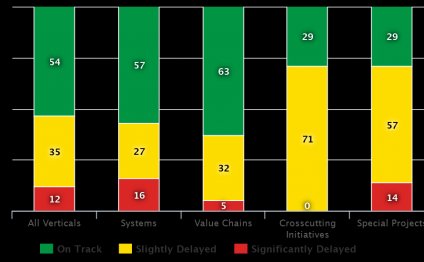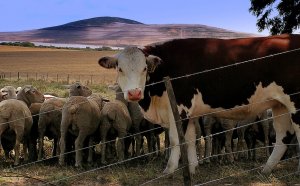
What is Agricultural transformation?
Help Topics: Accessing Documents | Publication Series | Searching
WHAT IS AGRICULTURAL TRANSFORMATION?
by John M. Staatz
Michigan State University
Agricultural transformation is the process by which individual farms shift from highly diversified, subsistence-oriented production towards more specialized production oriented towards the market or other systems of exchange (e.g., long-term contracts). The process involves a greater reliance on input and output delivery systems and increased integration of agriculture with other sectors of the domestic and international economies. Agricultural transformation is a necessary part of the broader process of structural transformation, in which an increasing proportion of economic output and employment are generated by sectors other than agriculture.
Chronic hunger derives from low real incomes. Every major country that has substantially improved real incomes has done so through a structural transformation of its economy involving:
A process by which increasing proportions of employment and output of the economy are accounted for by sectors other than agriculture. The economy becomes less agriculturally oriented in a relative sense, although agriculture and, more broadly, the food system continue to grow absolutely and generate important growth linkages to the rest of the economy. Structural transformation thus involves a net resource transfer from agriculture to other sectors of the economy, over the long term.
Movement of the economy away from subsistence-oriented household-level production towards an integrated economy based on greater specialization, exchange, and the capturing of economies of scale. Many functions formerly conducted on the farm, such as input production and output processing, are shifted to off-farm elements of the economy.
One implication of this process is that driving down the real cost of food to consumers requires increased attention to fostering technical and institutional changes in the off-farm elements of the food system. Increasing productivity at the farm level is absolutely necessary but is alone insufficient to assure decreases in the real price of food to consumers. Another implication is that for this process of structural transformation to go forward, the economy must develop low-costs means of exchange. High transaction costs in the economy can choke off structural transformation by making it too costly for people to rely on the specialization and exchange necessary to take advantage of the new technologies in the food system.
Increased access to knowledge systems of the wider world, as embodied in new technologies, management practices, and institutions. In the future, the sources of economic growth will depend increasingly on these types of embodied knowledge.
Role of the Food System in Structural Transformation
Failure to invest adequately in agriculture and the rest of the food system can choke off the process of structural transformation and hunger alleviation. Not only is the food system a major...
RELATED VIDEO



Share this Post
Related posts
What is Agriculture sector?
The Food and Agriculture Sector is almost entirely under private ownership and is composed of an estimated 2.1 million farms…
Read MoreWhat is the GDP of Africa?
By J.O’S. | JOHANNESBURG ON SATURDAY, April 5th, South Africa was Africa’s largest economy. The IMF put its GDP at $354 billion…
Read More










